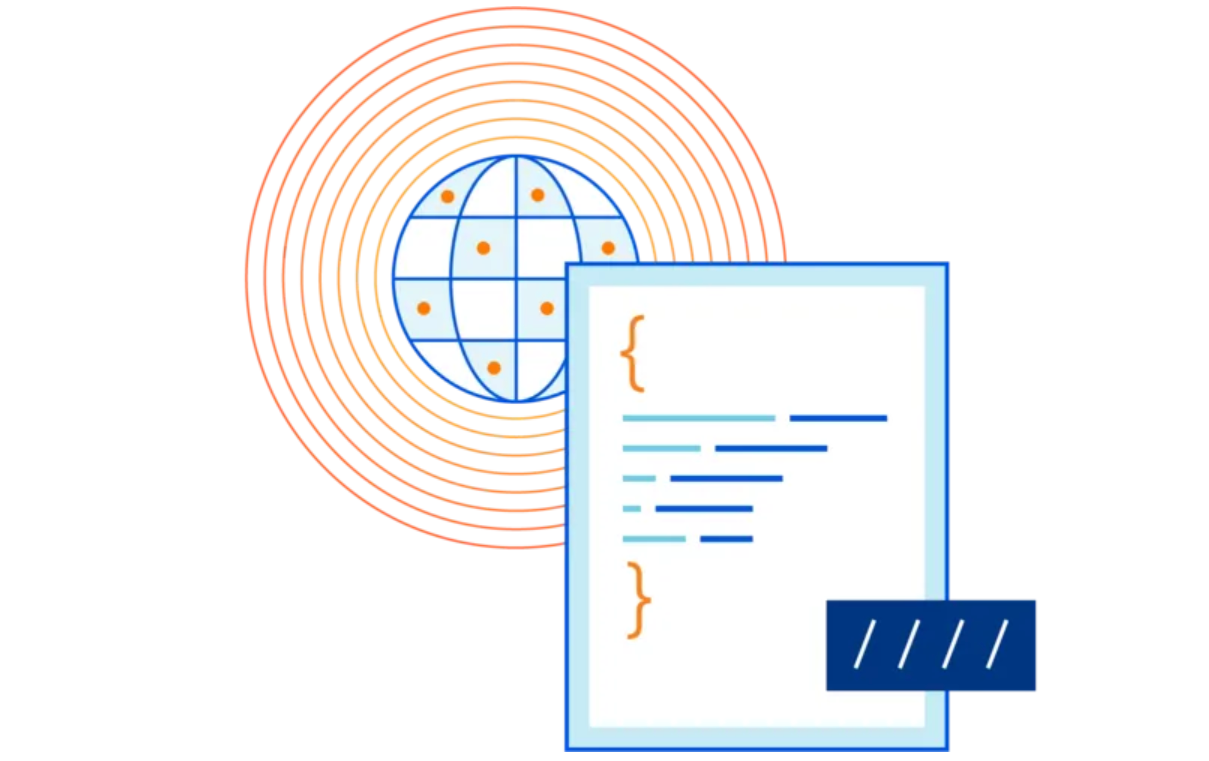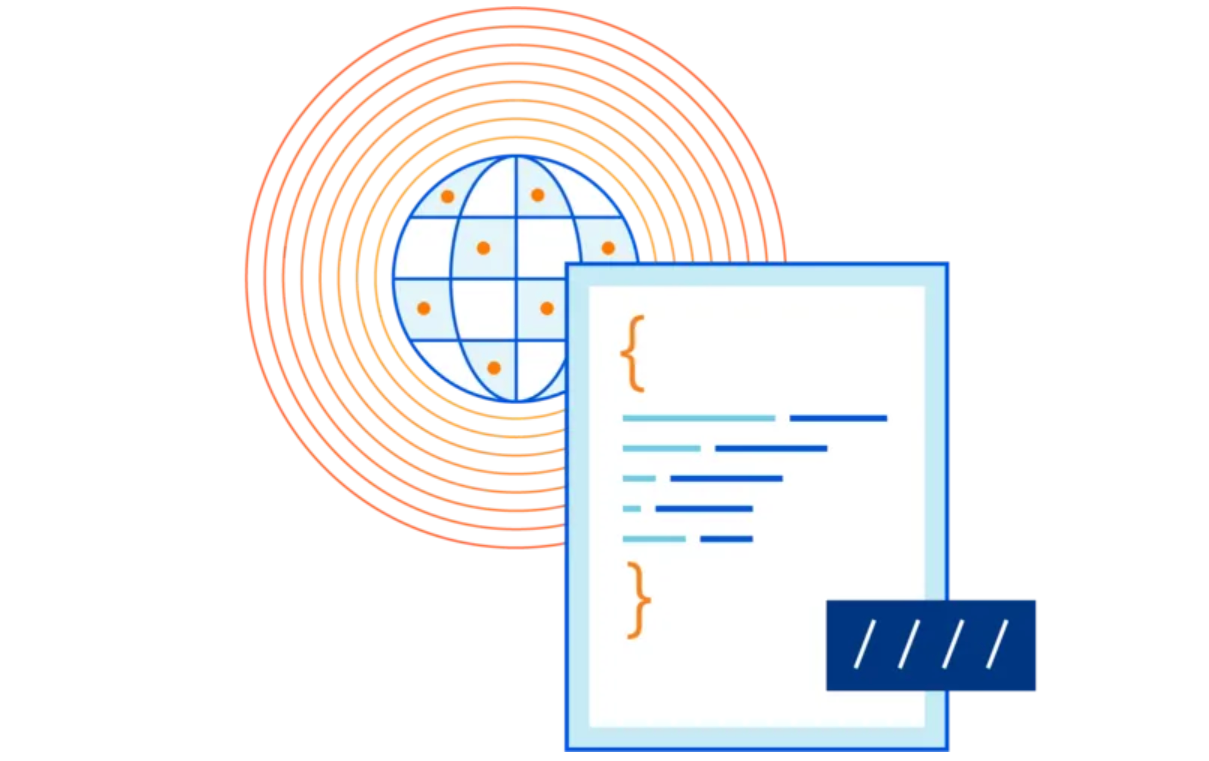Worth Reading: A Historical Perspective On The Usage Of IP Version 9
As early as 1994 (on April 1st, to be precise) a satire disguised as an Informational RFC was published describing the deployment of IPv9 in a parallel universe.
Any similarity with a protocol that started as a second-system academic idea and is still experiencing hiccups in real world even though it could order its own beer in US is purely coincidental.
TLS with a side of DANE
Am I really talking to you? In a networked world that’s an important question.Network Configuration Audits Are More Important Than Ever
The key for those that wish to perform network configuration audits is to come in with a specific game plan with which to methodically execute.Comparing Open Source BGP stacks with internet routes
1st Post Comparing Open Source BGP Stacks 2nd Post Followup Measuring BGP Stacks Performance I hope it’s clear by now that these posts are something of my lab notes as I explore how to test BGP stacks. I’m learning how to test as well as I’m learning how these perform....AWS Cloud Practitioner: Attempt #1.
One week from today, on Friday, September 3rd, I sit for the AWS Cloud Practitioner exam. …. And I couldn’t be more excited and stoked! …. okay and now maybe a little nervous that I am sharing with the world... Read More ›
The post AWS Cloud Practitioner: Attempt #1. appeared first on Networking with FISH.
Worth Listening: Heidi Roizen
Project AI+Compassion just interviewed Heidi Roizen about compassion in IT; it’s worth listening to. From the show notes—
Sharing Failure as a Learning Model

Earlier this week there was a great tweet from my friends over at Juniper Networks about mistakes we’ve made in networking:
It got some interactions with the community, which is always nice, but it got me to thinking about how we solve problems and learn from our mistakes. I feel that we’ve reached a point where we’re learning from the things we’ve screwed up but we’re not passing it along like we used to.
Write It Down For the Future
Part of the reason why I started my blog was to capture ideas that had been floating in my head for a while. Troubleshooting steps or perhaps even ideas that I wanted to make sure I didn’t forget down the line. All of it was important to capture for the sake of posterity. After all, if you didn’t write it down did it even happen?
Along the way I found that the posts that got significant traction on my site were the ones that involved Continue reading
Heavy Networking 595: Detect, Diagnose, And Act With Opmantek’s Automated Network Management Software (Sponsored)
In today's sponsored Heavy Networking show, we talk to Opmantek about NMIS, an intelligent network management platform that spans monitoring, visibility, automation, and configuration management. Our guest is Opmantek CTO Keith Sinclair.
The post Heavy Networking 595: Detect, Diagnose, And Act With Opmantek’s Automated Network Management Software (Sponsored) appeared first on Packet Pushers.
Heavy Networking 595: Detect, Diagnose, And Act With Opmantek’s Automated Network Management Software (Sponsored)
In today's sponsored Heavy Networking show, we talk to Opmantek about NMIS, an intelligent network management platform that spans monitoring, visibility, automation, and configuration management. Our guest is Opmantek CTO Keith Sinclair.44 – The Essentials of DCNM 11
Good day everyone,
I have recorded 6 different modules aimed at giving you a good understanding of the key functions that DCNM 11 offers to manage, automate and operate your data center network.
While waiting for the new version 12 coming soon, this series of modules covers the Essentials of Data Center Network Manager (DCNM ) version 11.
) version 11.
By “Essentials” the mean is that it covers the most features needed for all enterprises, from small legacy Data Center Network to multiple modern Fabrics or a mix of. This essential series of modules covering DCNM 11 emphases the Classic LAN as well as the VXLAN EVPN Fabric environments. Indeed, any network team can benefit from the advantages of leveraging the same and unique platform to operate a classic based data center network or a modern VXLAN EVPN based fabric or a mixture of the both.
I have developed the content for the lectures on DCNM 11 and 10.1(n) environment.
If you are not yet familiar with DCNM , you can read previous posts, otherwise, DCNM is the leading Intent-Based Networking solution for Standalone NX-OS based Data Center. It encompasses the comprehensive management solution for all NX-OS network deployments Continue reading
, you can read previous posts, otherwise, DCNM is the leading Intent-Based Networking solution for Standalone NX-OS based Data Center. It encompasses the comprehensive management solution for all NX-OS network deployments Continue reading
Lucky Webapp Add Font Awesome
In this post I will show you how to add the Font Awesome icons to your Lucky webapp. Software The following software versions were used in this post. Lucky - 0.28.0 Font Awesome (Free) - 5.15.4 Installation Firstly add the fontawesome-free package via yarn. Next, we import the Font...continue reading
IPv6 Buzz 083: The IPv6 Interface Identifier
In this IPv6 Buzz podcast episode we geek out about the IPv6 Interface Identifier (IID, i.e., the lower 64 bits of an IPv6 address reserved for interface identification). We discuss why IID is 64 bits, typical configurations, and innovative uses for it.
The post IPv6 Buzz 083: The IPv6 Interface Identifier appeared first on Packet Pushers.
IPv6 Buzz 083: The IPv6 Interface Identifier
In this IPv6 Buzz podcast episode we geek out about the IPv6 Interface Identifier (IID, i.e., the lower 64 bits of an IPv6 address reserved for interface identification). We discuss why IID is 64 bits, typical configurations, and innovative uses for it.Zero Trust at Black Hat 2021: Networking meets Security
Recorded live at Black Hat 2021 in Las Vegas! Our vaxxed and masked podcast co-hosts, Brandon and Derick, take the show on the road to talk to real network and security folks about Zero Trust. Is it more than just a marketing buzzword? Is it even achievable? Listen to this one-of-a-kind episode to get the straight scoop.
Pin, Unpin, and why Rust needs them


Using async Rust libraries is usually easy. It's just like using normal Rust code, with a little async or .await here and there. But writing your own async libraries can be hard. The first time I tried this, I got really confused by arcane, esoteric syntax like T: ?Unpin and Pin<&mut Self>. I had never seen these types before, and I didn't understand what they were doing. Now that I understand them, I've written the explainer I wish I could have read back then. In this post, we're gonna learn
- What Futures are
- What self-referential types are
- Why they were unsafe
- How Pin/Unpin made them safe
- Using Pin/Unpin to write tricky nested futures
What are Futures?
A few years ago, I needed to write some code which would take some async function, run it and collect some metrics about it, e.g. how long it took to resolve. I wanted to write a type TimedWrapper that would work like this:
// Some async function, e.g. polling a URL with [https://docs.rs/reqwest]
// Remember, Rust functions do nothing until you .await them, so this isn't
// actually making a HTTP request yet.
let async_fn = reqwest::get("http://adamchalmers.com");
// Wrap the Continue readingDay Two Cloud 112: Complex Multi-Cloud Networking
Today's Day Two Cloud podcast discusses the challenges of stitching together a fabric across more than one public cloud. How do you architect a fabric given the constraints of each cloud? We also drill into the idea of API gateways. Our guest is Chris Oliver, a network architect at NI.
The post Day Two Cloud 112: Complex Multi-Cloud Networking appeared first on Packet Pushers.
 We've all made networking mistakes.
We've all made networking mistakes. 